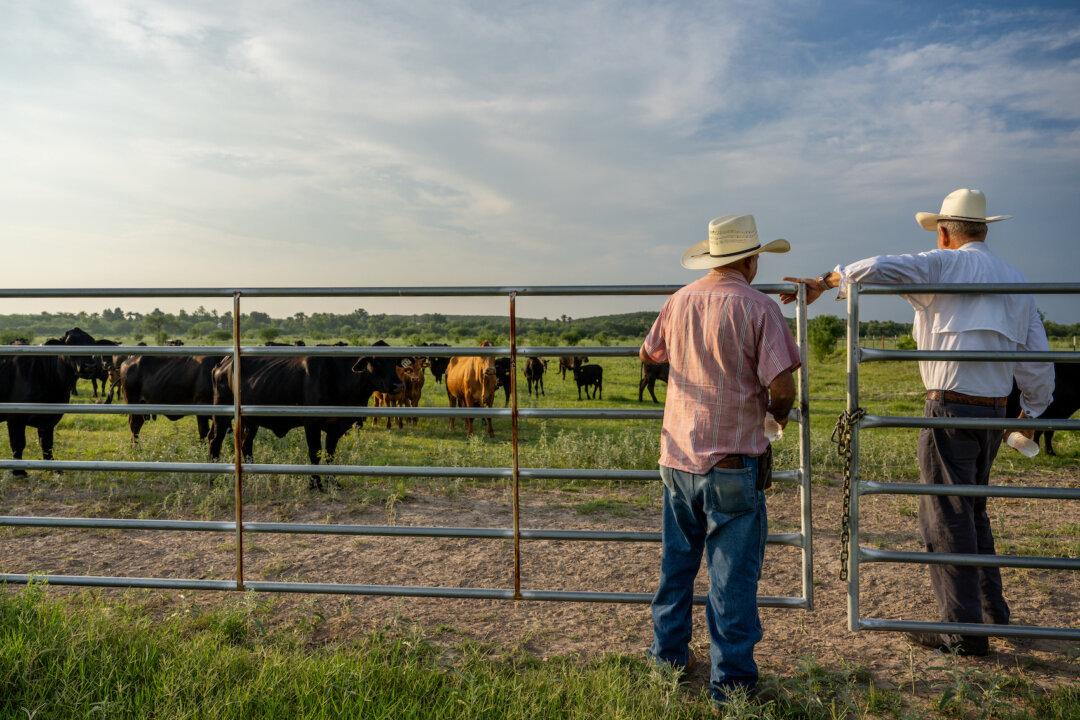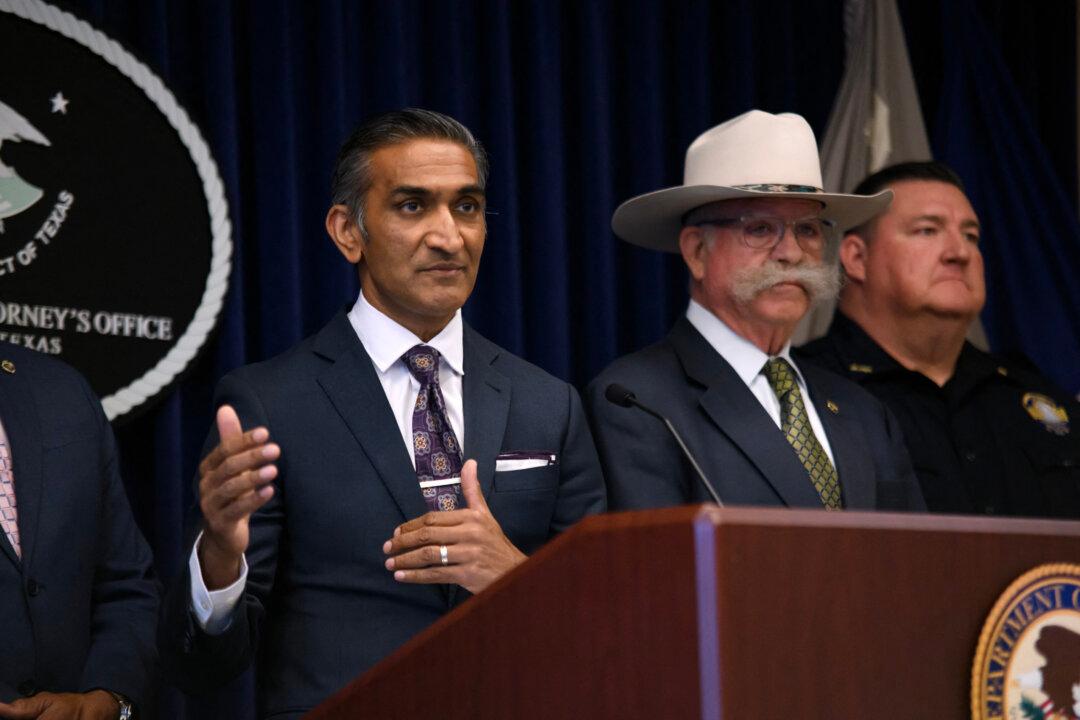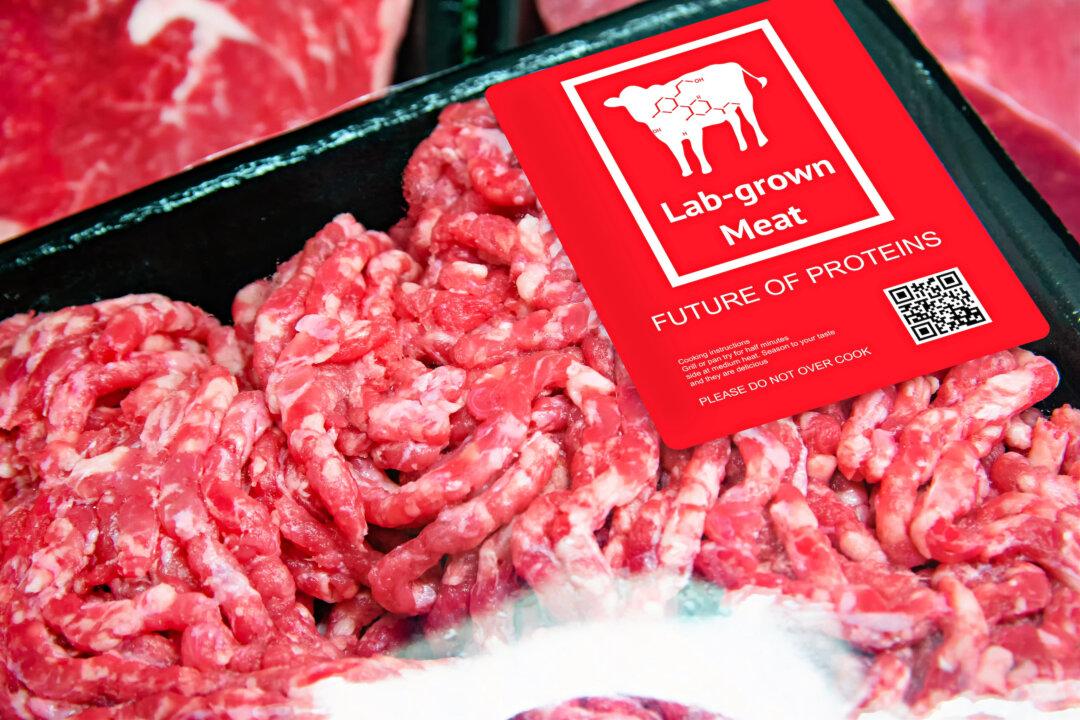A United States Department of Agriculture (USDA) proposal that would mandate electronic ear tags for cattle and bison crossing state lines would place unnecessary and punitive costs on American ranchers while also further raising the price of beef, according to an industry expert.
“If this passes it would be extremely cumbersome to commerce by making it more difficult for the industry to do its basic job,” Justin Tupper, president of the United States Cattlemen’s Association, told The Epoch Times.





